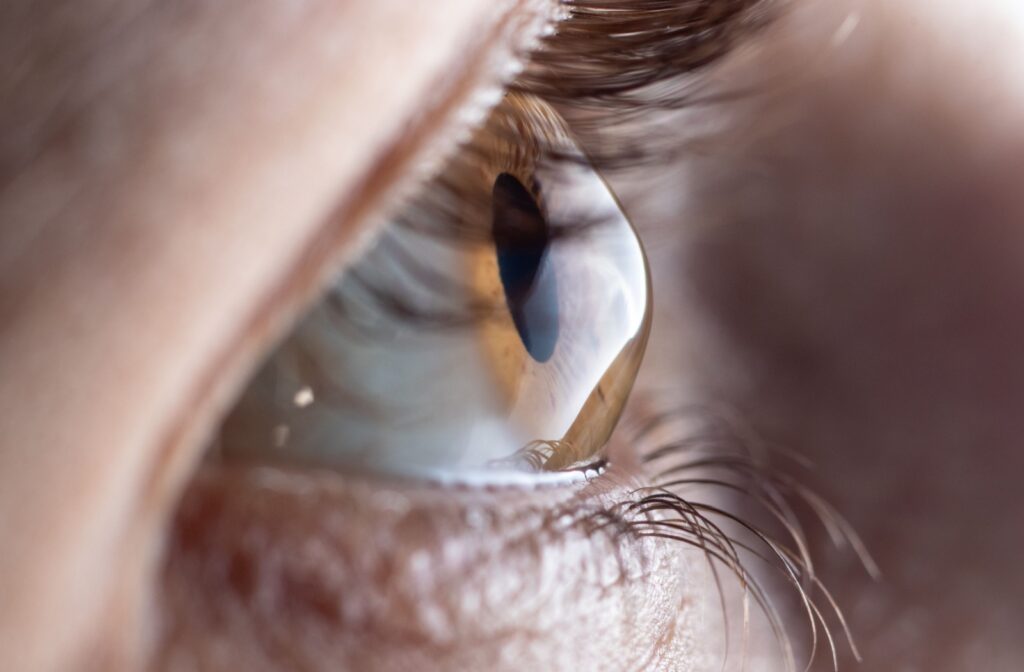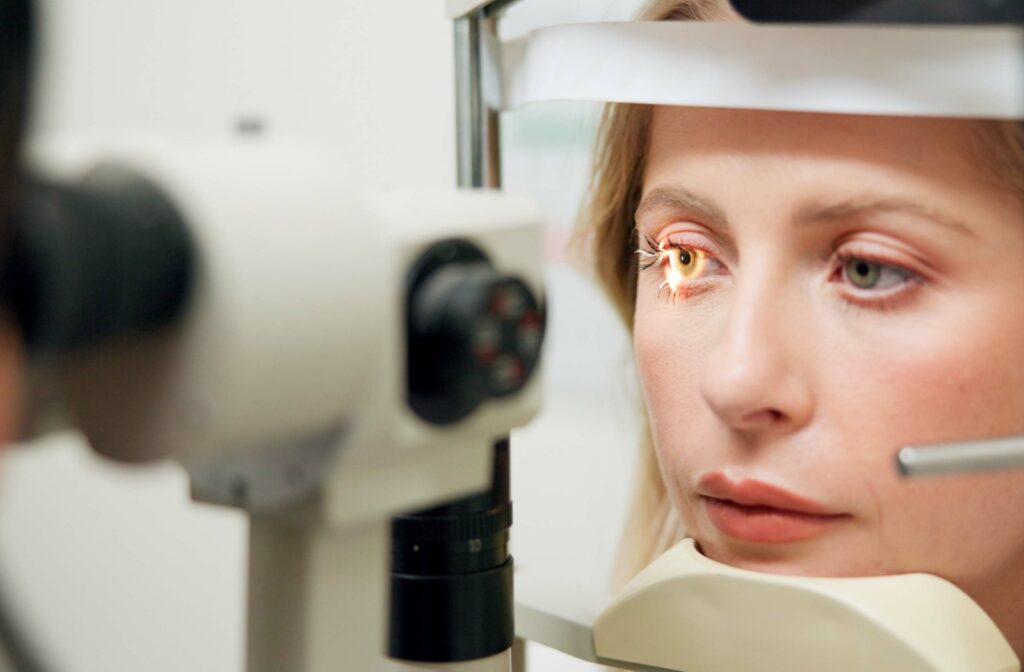A comprehensive eye exam is more than just a vision check—it’s a window into your overall eye health and, in some cases, your general well-being. While many people associate eye exams with updating their glasses or contact lens prescriptions, these appointments can also uncover signs of various eye diseases and health conditions, often before symptoms appear.
Some of the most common eye conditions that can be detected during a comprehensive eye exam include refractive errors, cataracts, glaucoma, diabetic retinopathy, and macular degeneration.
Common Conditions Detected in an Eye Exam
Refractive Errors
Though not a disease, refractive errors are among the most common vision problems detected during an eye exam. These occur when the shape of the eye prevents light from focusing correctly on the retina, resulting in blurry vision. Types of refractive errors include:
- Myopia (nearsightedness)
- Hyperopia (farsightedness)
- Astigmatism
An eye exam can determine the degree of refractive error and lead to an accurate prescription for eyeglasses or contact lenses. In some cases, laser vision correction may also be a suitable option.
Cataracts
Cataracts develop when the normally clear lens of the eye becomes cloudy, often due to aging. This cloudiness can cause blurry vision, glare, and difficulty seeing at night.
Eye exams help detect cataracts early, even before you notice significant changes in your vision. Your optometrist can monitor the condition over time and recommend treatments such as updated lenses or cataract surgery when necessary.
Glaucoma
Often called the “silent thief of sight,” glaucoma typically develops without noticeable symptoms until vision loss occurs. It involves damage to the optic nerve, usually due to elevated pressure inside the eye.
During an eye exam, your optometrist can measure intraocular pressure and examine the optic nerve for early signs of damage. Early detection is key to managing glaucoma and preventing irreversible vision loss.
Diabetic Retinopathy
If you have diabetes, regular eye exams are essential for detecting signs of diabetic retinopathy—a condition where high blood sugar levels damage the tiny blood vessels in the retina. Your optometrist can look for signs such as:
- Leaking or swollen blood vessels
- Growth of abnormal new vessels
- Changes in the macula (central part of the retina)
Spotting diabetic retinopathy early allows for prompt management, which may include lifestyle changes, medications, or referrals to a specialist for further care.
Macular Degeneration
Age-related macular degeneration (AMD) affects the central part of your vision, making it difficult to read, recognize faces, or drive. An eye exam can help detect early signs of AMD, such as the presence of drusen (yellow deposits under the retina) or changes in the macula. Treatment may include dietary changes, supplements, injections, or laser therapy depending on the type and stage of the disease.

Why Regular Eye Exams Matter
Routine eye exams are about more than just updating your prescription—they’re a critical tool in protecting your vision long-term. Many eye conditions develop slowly and without early symptoms. Detecting these problems in their early stages gives you the best chance of preserving your sight and avoiding complications.
In Canada, adults should generally have an eye exam every 1 to 2 years, while children and seniors over 65 are often advised to have annual exams. However, your optometrist can tailor the frequency of your visits based on your age, lifestyle, medical history, and risk factors. For example, individuals with diabetes, high blood pressure, or a family history of eye disease may require more frequent monitoring to stay ahead of potential issues.
What to Expect During an Eye Exam
During a comprehensive eye exam, your optometrist will typically perform several tests to assess your vision and check for eye health issues, including:
- Visual Acuity Test: Measures how clearly you see at different distances (using the familiar letter chart).
- Refraction Test: Identifies the lens prescription needed to correct vision.
- Eye Movement Test: Evaluates how well your eyes work together and follow moving objects.
- Slit Lamp Exam: Uses a special microscope to examine the front parts of the eye (cornea, lens, iris).
- Retinal Exam: Assesses the back of the eye, including the retina, macula, and optic nerve.
- Intraocular Pressure Test: Checks for elevated eye pressure, which can indicate glaucoma.
These tests can reveal a great deal about your visual and overall health in under an hour.
Protect Your Vision with Trusted Eye Care
Prioritizing your eye health through regular exams is one of the best ways to protect your vision and spot potential health issues early.
At Eyestyle Eyecare, with locations in Kelowna and South Surrey, our experienced optometrists provide thorough, personalized eye exams to help detect and manage a wide range of conditions. We take the time to understand your unique needs so you can feel cared for at every visit.Book your next eye exam today, your eyes will thank you.



